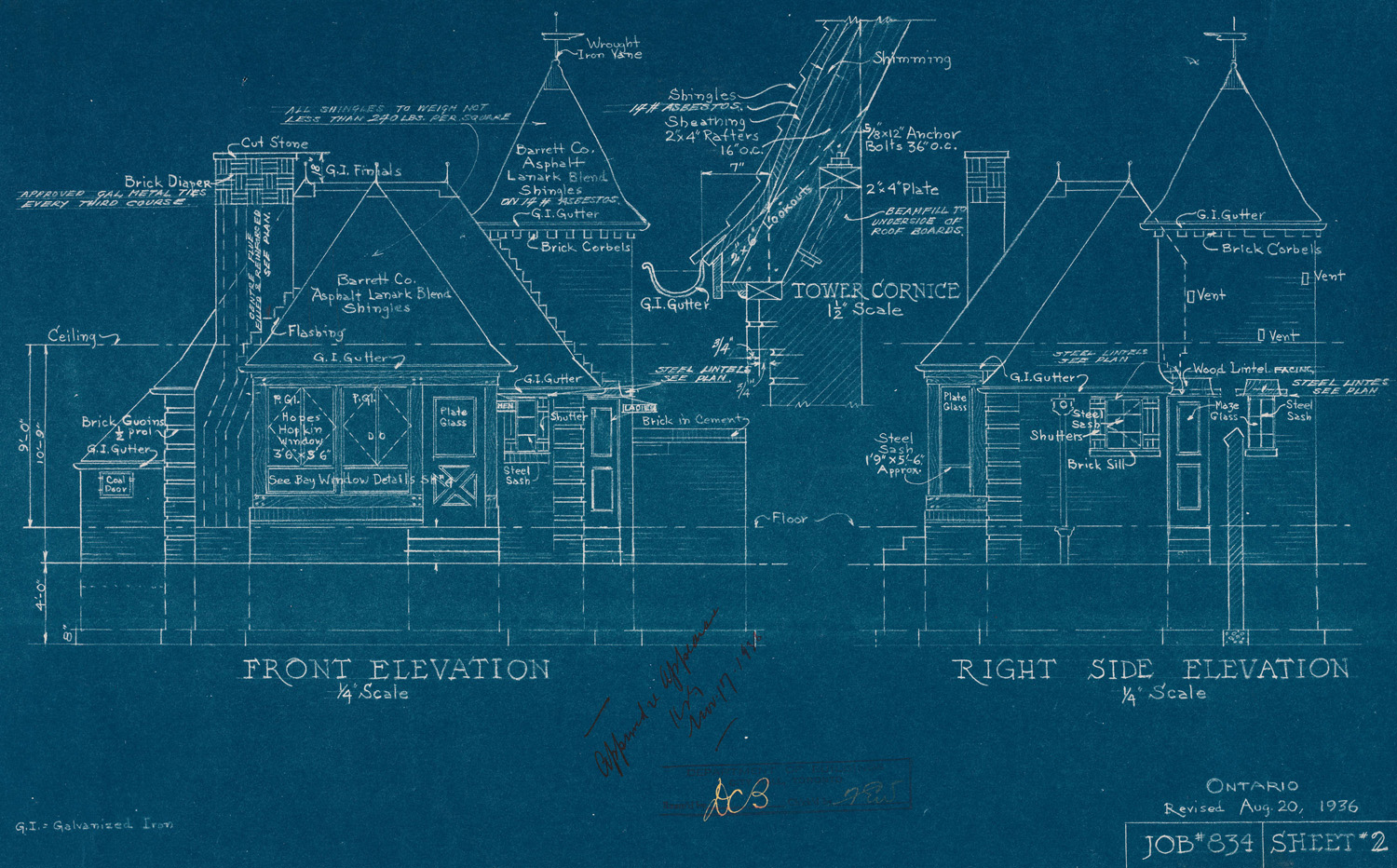What is a research design? To understand what these two words mean, there is a need to have a clear understanding of what is “research” and “design.”
This brief article defines the research design and its role in preparing a good research paper.
The Meaning of Research Design
As Zigmund (1999) puts it, research literally means “to search again.” It means the researcher has to look again at existing information to explain a subject or topic of interest. There is a need to know more about a given phenomenon in all its dimensions.
The design is essentially a plan to show the final product even before it is built or made. An example is a house’s “blueprint” that describes the details of how a building should look.

Thus, bringing together these two concepts, research design is the plan that guides data collection to achieve the objectives of research, i.e., to generate new information based on existing ones. The plan details the procedure and instruments for data collection, how the variables associated with the phenomenon should be measured, and the statistical analysis to be applied to the data obtained.
The plan should systematically answer the problem statement or research questions. A one-to-one correspondence between problem statement and the instruments or methods to use to resolve the problem avoids missing out the required data for analysis.
A matrix or a table with headings such as problem statement, data collection instrument, and statistical analysis ensures efficient collection of data (see table below). Gathering data more than is needed is both costly and time wasting. And gathering less than required data prevents meaningful analysis thus failure to address the research problem.
| Problem Statement | Data Collection Instrument | Statistical Analysis |
| What is the profile of coastal residents living within the government defined tsunami danger zone? | Survey form | Descriptive statistics |
| How shall local government units respond to tsunami if it does occur? | Key informant interview | None required; qualitative |
| What is the expected tsunami inundation area? | GIS modeling software | None required |
Researchers, therefore, should not start their study without adequately figuring out what type of data or information is needed to meet the objectives of their research. Failure to do so means unnecessarily spending more time and money in conducting the investigation. The probability of making illogical or irrelevant conclusions will be high.
Reference
Zikmund, W. G. (1999). Essentials of marketing research. South Western Educational Publishing.
[cite]


